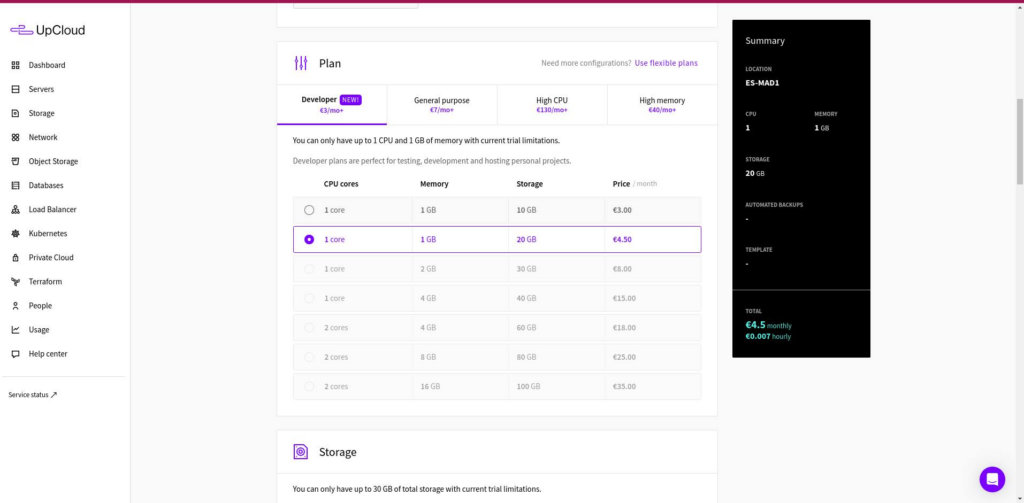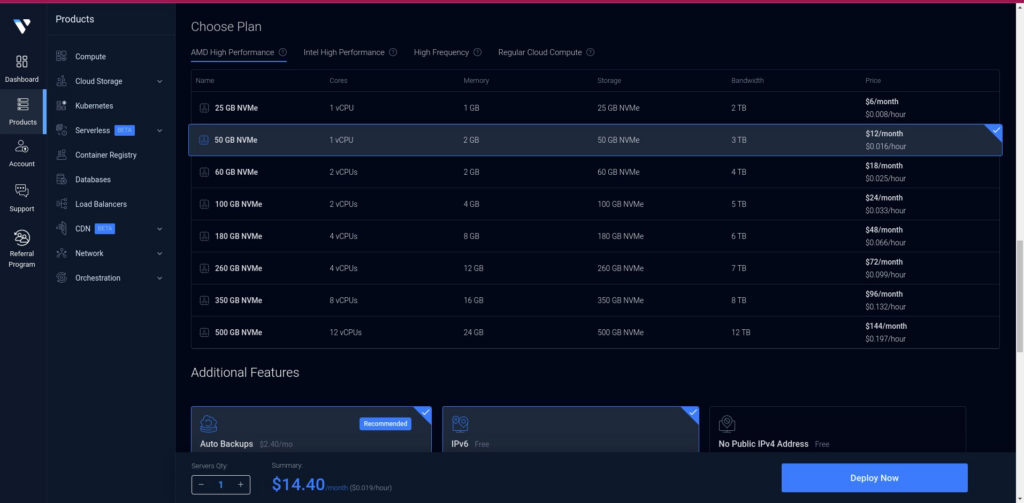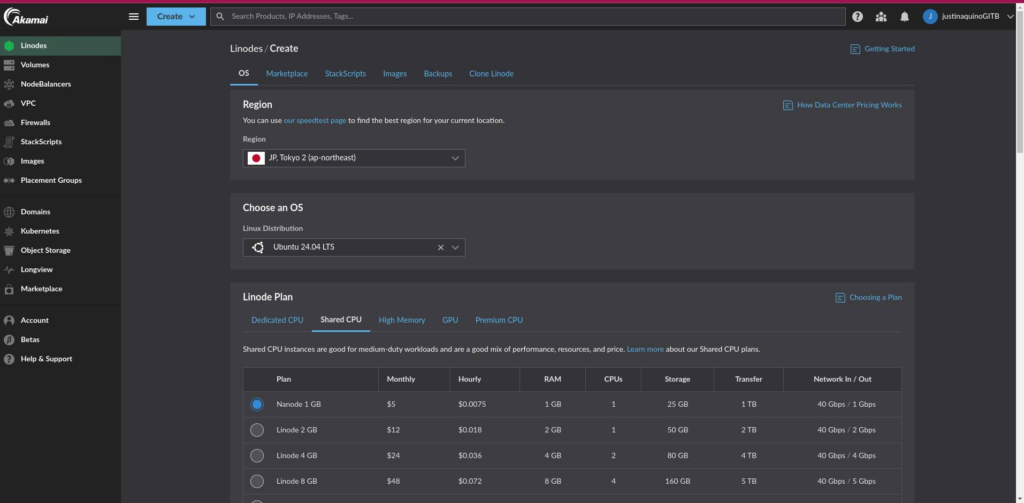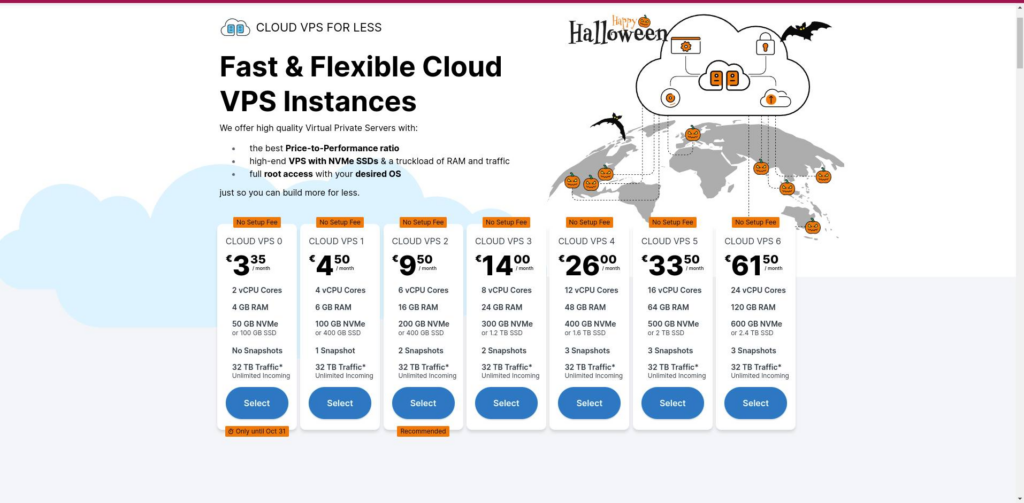As someone constantly on the lookout for cost-effective tech solutions, I’ve recently explored using Contabo for server hosting, and it’s been an eye-opener. Contabo, based in Germany, stands out as a very affordable option compared to the more prominent providers like Linode, DigitalOcean, Vultr, Google Cloud, Azure, and AWS. They’ve started making inroads into Asia, which is a promising development for those of us based in this region.
Why Contabo?
The primary advantage with Contabo is the cost. I found myself paying nearly three times more with other providers because of the high data transfer costs. With Contabo, the pricing model is upfront rather than pay-as-you-go, which might be a drawback for some, but the savings are undeniable. I’d even consider a couple of Contabo servers as potential donations to educational institutions like PUP due to how affordable they are. The only slight downside is that Contabo doesn’t accept my credit card, so I’m absorbing about a 7% fee by using PayPal. Still, that’s a small price to pay for the massive cost savings.
Keeping It Simple
One of the things I appreciate about Contabo is how they keep their interface simple and functional. Unlike some of the bigger players, Contabo doesn’t use fancy interfaces or unnecessary bells and whistles. There’s no ReactJS-driven UI or “dark patterns” that push you towards higher-cost options. Their approach is straightforward, and they even save on costs by not instantly provisioning servers. Instead, there’s a wait time of about three hours. For me, this minimalist approach is ideal, especially for micro, small, and medium enterprises (MSMEs) that need affordability without extra frills.
A Learning Opportunity
I’m looking forward to sharing what I’ve learned about Contabo with my staff and students. As we migrate from Google Cloud Platform (GCP), the savings will add up significantly. Looking ahead, my aim is to develop our Data Center further. With business continuity, data protection, and reliability requirements in mind, it’s a project that could easily reach 1 million PHP (around $20,000 USD). If I can keep costs within budget, I’d love to explore a potential licensing deal with Contabo and “The Infrastructure Company” GmbH. Imagine running their provisioning software and processes here in the Philippines as part of a profit-sharing arrangement. It would transform our five-floor, 1,500 sqm building into a technology hub for MSMEs in the country.
I also dream of visiting data centers around the world. But as I’m always careful with costs, these kinds of trips are something I have to plan for strategically. When I start feeling limited by budget constraints, I remind myself that skilled individuals worldwide face similar challenges—or even worse. There are talented developers and engineers in places like India who achieve remarkable things under far more challenging conditions.
The Fascination of Data Center Engineering
Data centers are fascinating examples of engineering challenges in highly controlled environments. They have to manage thermal dynamics, humidity, and other environmental factors intensively. I recall a problem in one data center where humidity levels were inexplicably rising in what was supposed to be a closed system. As I got involved, it became an interesting puzzle. I suspected it might be related to the type of gypsum in the walls, as it wasn’t waterproof. Testing would be straightforward—just use a material humidity tester. Unfortunately, that project fell off my radar due to a lack of proper project management on their end.
These kinds of challenges remind me of the complexities involved in space habitats. Data centers operate under strict environmental controls, much like the life-support systems in a space station. I see myself as someone with a practical level of knowledge—certainly more than the layperson but still a learner by spacefaring standards. In a hypothetical advanced civilization (TL10, around 2100), my knowledge would probably be equivalent to a high schooler’s science education. The understanding of the world advances so rapidly that what seems complex now could be standard knowledge for future generations.
Moving Forward with Cost Savings and Empowerment
The vision here isn’t just about saving money. By lowering operational costs with affordable infrastructure like Contabo, we’re creating opportunities for MSMEs and helping to democratize access to technology. Every peso saved is a peso that can be reinvested in growth, making it easier for businesses to compete fairly. Ultimately, it’s about building a sustainable future where tech is accessible to everyone, not just those with deep pockets.
I’m excited to keep learning, saving, and hopefully passing those savings on to MSMEs who need them most. The journey with Contabo has only just begun, but I’m optimistic about what we can accomplish with the right tools and a commitment to making technology work for everyone.






Leave a Reply
You must be logged in to post a comment.